Invasive – Hottentot Fig
(Carpobrotus edulis)
1. ‘Bee’s Bliss’ Creeping Sage

Name: Salvia ‘Bee’s Bliss’
USDA hardiness zones: 9 to 11
Size: 1 to 2 feet tall and spreading to 4 to 8 feet wide
Conditions: Full sun; sandy or clay soil
‘Bee’s Bliss’ creeping sage is a relatively low-growing, fast-spreading but nonaggressive silvery ground cover, which is also heat and drought tolerant. Hummingbirds love the pale purple flowers, while the plant’s bitter taste and minty fragrance make it deer resistant. This aroma is best enjoyed when ‘Bee’s Bliss’ is planted where passersby can brush it or the breeze can waft its scent along.
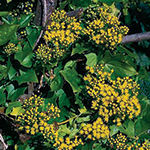 Invasive – German Ivy
Invasive – German Ivy
(Delairea odorata)
2. California Morning Glory
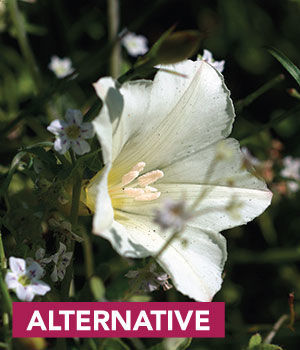
Name: Calystegia macrostegia
Zones: 7 to 10
Size: Spreading or climbing to 27 feet
Conditions: Full sun with afternoon shade; clay or granitic-based soil
California morning glory is a lush evergreen vine, which will spread along the ground but often reaches its tendrils for something to climb upon. With minimal care, it can be trained along a fence to provide a privacy screen or on other garden structures as a decorative vine. In contrast to German ivy, which covers and smothers all vegetation in its path, the native California morning glory is sturdy and fast growing without being aggressive. It makes a lovely, well-mannered creeper with large, showy flowers.
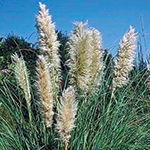
Invasive – Pampas Grass
(Cortaderia selloana)
3. Deer Grass
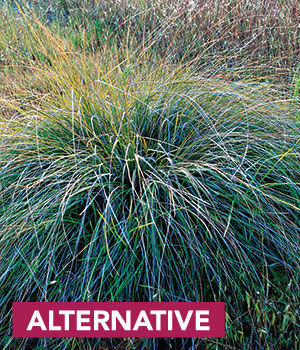
Name: Muhlenbergia rigens
Zones: 5 to 10
Size: 2 to 4 feet tall and wide
Conditions: Full sun to partial shade; clay or sandy soil
Deer grass is a thick, clumping grass with arching leaves and large, upright, flowering stalks. After establishment, it needs minimal water; if planted in a low spot that retains moisture, it can survive on rainfall alone. Deer grass has enough presence to make a statement but, unlike pampas grass, is small and tidy enough to be easily maintained. Its leaves are also softer than the razor-sharp blades of pampas grass.
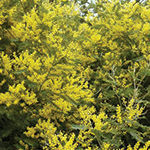
Invasive – Silver Wattle
(Acacia dealbata)
4. Screwbean Mesquite
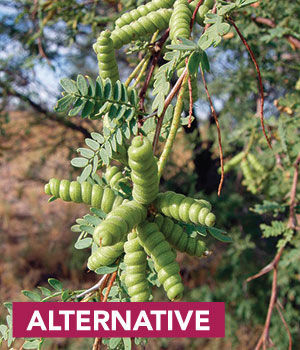
Name: Prosopis pubescens
Zones: 8 to 10
Size: 15 to 25 feet tall and wide
Conditions: Full sun; tolerates most welldrained soils, even sandy or alkaline clay conditions
Screwbean mesquite, also called tornillo, is a small tree or large shrub bearing spiraled fruit and bright yellow flowers. This tree, a member of the legume family, also fixes nitrogen, adding fertility to the soil. The plant casts light shade beneath it, providing shelter for less-heattolerant perennials. Unlike silver wattle, screwbean mesquite does not reseed aggressively or displace other native species within its range.
Penny Nyunt is a biologist for Las Pilitas Nursery in Santa Margarita, California.
Photos: #1 (alternative) #2 (alternative) and #3 (alternative), www.millettephotomedia.com; #1 (invasive), G. A. Cooper, Smithsonian Institution, Department of Systematic Biology-Botany; #2 (invasive) and #3 (invasive), Joseph M. DiTomaso, University of California-Davis/www.bugwood.org; #4 (invasive), Bruce Newhouse/www.bugwood.org; #4 (alternative), courtesy of James M. Andre

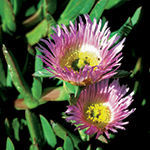




















Comments
Log in or create an account to post a comment.
Sign up Log in